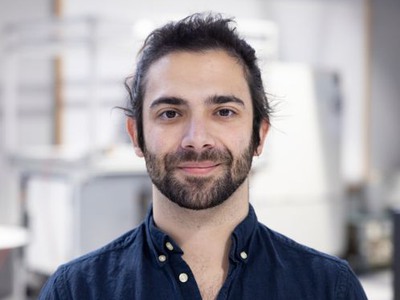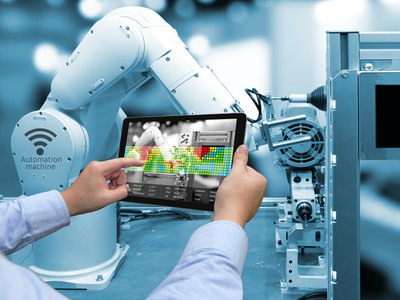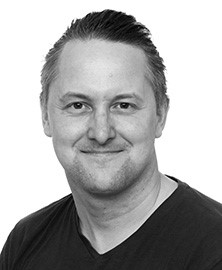Andreas Lind works at Scania and is an industrial doctoral student at the University of Skövde in the Smart Industry Sweden research school. In his research, he has utilised and developed digital tools and simulations that help companies create factories that not only perform better but also provide a fair working environment for employees.

The aim of Andreas Lind's research has been to make factories better for both production and the people who work there.
Planning a factory layout involves much more than placing machines and workstations in the right spots. It is a complex process requiring the balancing of goals such as efficiency, safety, and employee working conditions. It's like a giant puzzle where every piece must fit together for the entire factory to function.
"The challenge is that many of these requirements sometimes clash. For instance, the most efficient layout from a production standpoint may be less ideal for employee safety and the work environment. This is where new methods and tools make a difference," explains Andreas Lind.
Virtual factories let us see the future
Traditionally, factory planning has relied heavily on experience and manual planning in virtual environments, but this approach has its flaws. The risk of human error is high, and objectively weighing different factors is difficult. By developing methodologies and functionalities in virtual tools, companies can now, with the help of research, visualise, simulate, and optimise multiple objectives—such as efficiency, safety, and employee wellbeing—in factory layouts before the factory even exists.
"It's like seeing into the future. By combining digital tools with multi-objective optimisation, we can develop factory layouts and test various solutions quickly to see which one is best from both a production and work environment perspective," says Andreas Lind.
Research bridges gaps between different experts
One major issue with traditional factory planning is that it is often carried out by different experts, such as ergonomists, safety experts, and production planners, working separately. This makes the process slow and prone to errors.
"Our goal has been to create methodologies and functionalities that facilitate collaboration between different experts. By integrating rules and guidelines directly into the digital environment, we can help users make the right choices from the start—it should be easy to do the right thing."
Multi-objective optimisation: the science behind decisions
A critical part of the research involves the use of multi-objective optimisation. This method allows multiple factors to be considered simultaneously. It's a bit like planning a trip where you want the shortest route, the cheapest ticket, and the best hotels—all at once. When it comes to designing the best factory layout that prioritises productivity, safety, and work environment, multi-objective optimisation is key. Andreas Lind has developed ways for companies to easily utilise this method.
From concept to reality
Manufacturing companies can now use these findings to design factories that are both productive and safe, achieving a good balance between efficiency and the work environment. The new tools can be integrated into existing systems and support both experts and less experienced users in the planning and design process.
"What we offer is not just a solution but an entirely new way of thinking about factory layouts. The goal has been to make factories better for both production and the people who work there," says Andreas Lind.
Andreas Lind will defend his thesis, Planning and designing manufacturing factory layouts – Applying multi-objective optimisation and digital support, on 17 January at the ASSAR Industrial Innovation Arena, University of Skövde.




